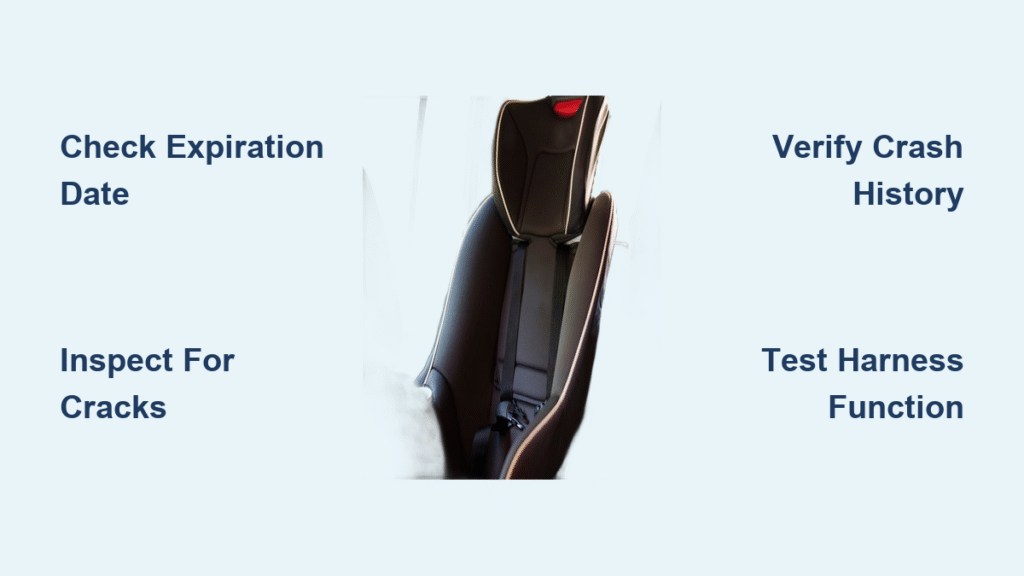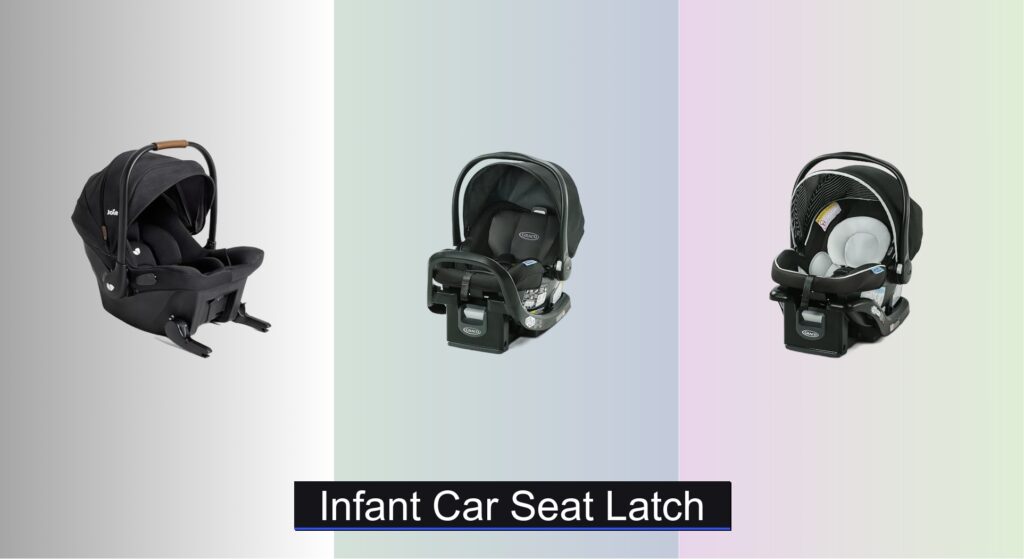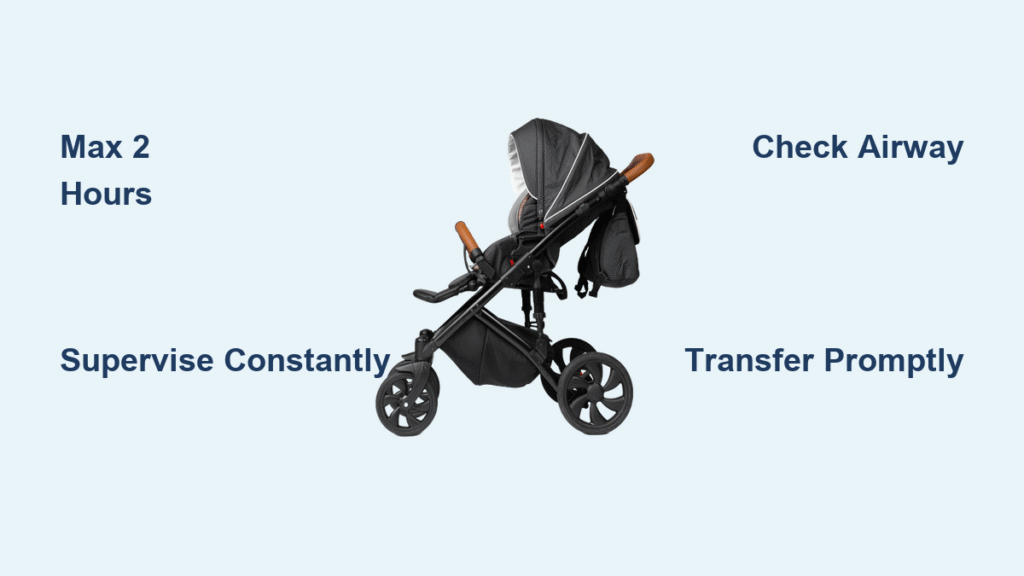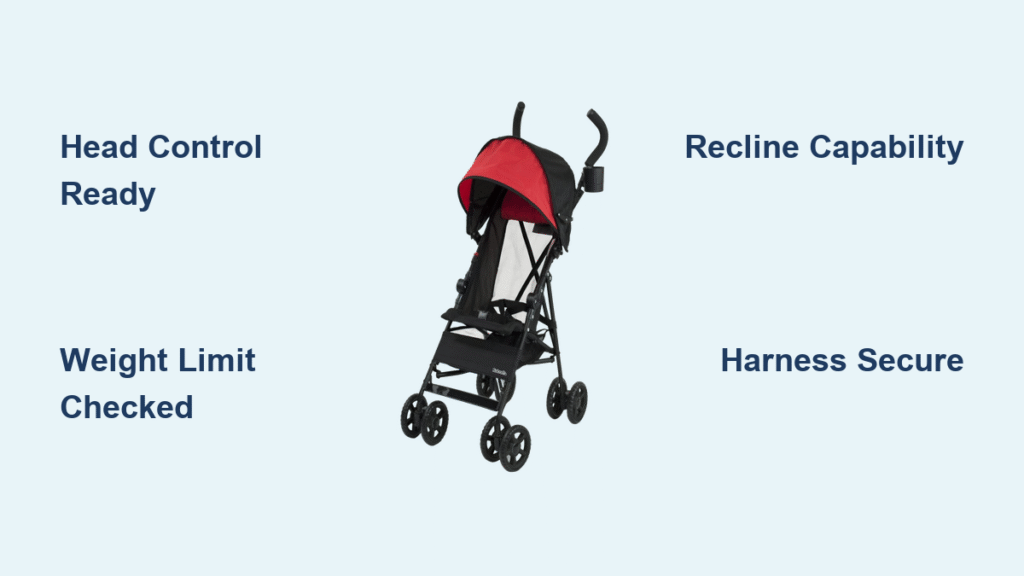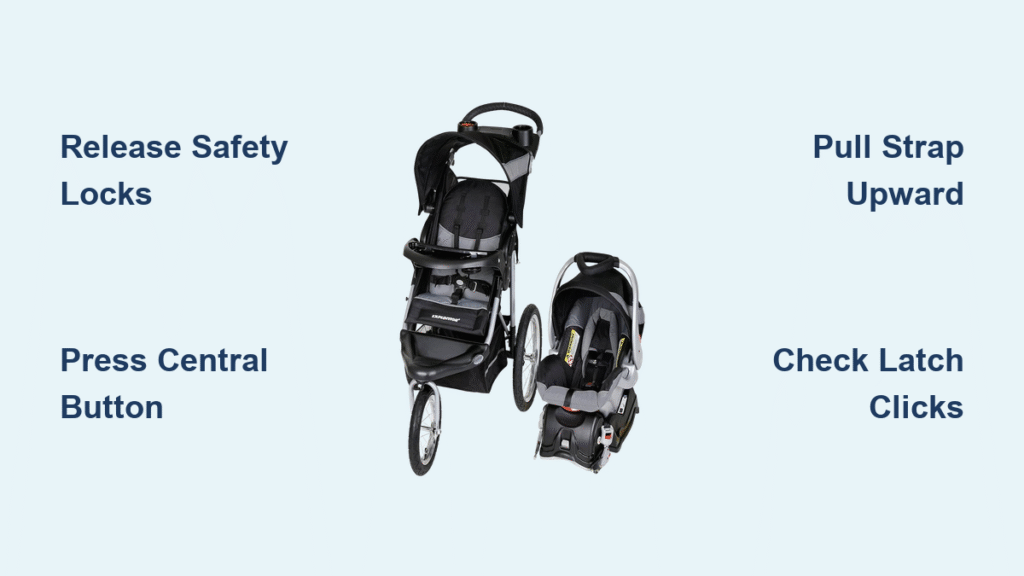You’re packing the car for a road trip when your toddler points to the infant seat gathering dust in the garage. “Can we use that for baby?” you wonder. Before snapping it into place, you need to know: how long does a car seat last? Guessing could risk your child’s safety in a crash. Most parents assume car seats last until kids outgrow them, but hidden expiration dates make this a critical question.
Car seats don’t magically stop working on a specific date—but their safety declines as materials degrade. Federal law doesn’t ban expired seats, yet every major manufacturer sets strict service lives (6-10 years) for science-backed reasons. Using an outdated seat is like driving on bald tires: it might hold, but one impact could be catastrophic. This guide reveals exact expiration timelines by seat type and brand, how to find your seat’s expiration date, and the hidden dangers that shorten lifespans unexpectedly.
Why Your Car Seat Expires: 5 Science-Backed Reasons
Material Degradation from Extreme Temperatures
Your car transforms into a 140°F (60°C) oven in summer and freezing vault in winter. This constant thermal cycling embrittles plastic shells and weakens harness fibers. Graco’s engineering tests show plastic loses 30% of its impact resistance after 7 years—even with no visible damage. UV exposure accelerates this decay, making faded seats especially risky.
Invisible Damage That Compromises Crash Safety
Hairline cracks in adjustment mechanisms or microscopic fractures in the shell won’t show during routine checks but can cause catastrophic failure in a collision. Britax’s crash lab data reveals seats with “invisible damage” fail 4x more often than new units. Never assume a seat is safe just because it looks intact.
Missing Documentation Creates Installation Risks
Faded labels and lost manuals make proper installation impossible. 72% of car seats are installed incorrectly (NHTSA), and expired seats worsen this. Without clear routing diagrams or weight limits, you might unknowingly position harnesses too loosely or install bases at wrong angles.
Infant, Convertible & Booster Seat Lifespans: Brand-by-Brand Timelines

Infant Car Seats: 6-7 Years (Graco vs. Britax Showdown)
Graco’s plastic-reinforced infant carriers (like the SnugRide series) last 7 years from the date of manufacture, while Britax Willow, Aspen, and Alpine models expire at 6 years. Crucially, the carrier and base share the same expiration date—never mix old bases with newer carriers. Check both units’ labels before reuse.
Convertible Seats: 7-10 Years (The Steel vs. Plastic Divide)
Seats transitioning from rear to forward-facing have wider expiration ranges. Graco’s steel-reinforced models (like the 4Ever DLX) last 10 years, matching Britax ClickTight convertibles (Poplar series). But plastic-heavy seats like Evenflo Sonus 65 variants expire in 7-8 years. The steel frame’s durability explains this 2-3 year gap.
Boosters: 10 Years Standard (But Verify Your Model)
High-back and backless boosters typically hit the full decade. Britax Highpoint/Skyline and Graco TurboBooster lines all carry 10-year service lives because they lack complex harness systems. However, older Evenflo models may expire at 8 years—always check your specific unit.
Locate Your Car Seat’s Expiration Date in 3 Steps
Step 1: Find the Date of Manufacture (DOM)
Check these 4 spots immediately:
– Bottom or back of the seat shell (common for Graco)
– Under the fabric cover near the harness slots
– Inside the base storage compartment (Britax bases)
– Embossed directly into plastic (look for “DOM: MAR 2020”)
Pro tip: Shine a flashlight at a 45-degree angle to spot faded embossing. If you see “EXP” followed by a date, that’s your expiration—not the DOM.
Step 2: Identify the Manufacturer’s Service Life
Brand cheat sheet:
– Graco: Explicitly states “7 years” or “10 years” on labels
– Britax: Newer seats print the expiration date directly; older models require calculation
– Chicco/Evenflo: Service life appears on registration cards only
Critical mistake to avoid: Never assume all seats last 10 years. Britax infant seats expire at 6 years—using them beyond risks shell shattering in crashes.
Step 3: Calculate Your Exact Expiration Date
Use this foolproof formula: DOM + Service Life = Expiration Date. Example: A Britax One4Life manufactured May 1, 2021 (10-year life) expires May 1, 2031. If labels are missing, contact the manufacturer with your serial number—never guess. Unverifiable seats must be retired.
Crash Damage & Wear: When Your Seat Expires Early

Replace Immediately After Moderate or Severe Crashes
NHTSA defines “moderate” crashes as incidents where:
– The vehicle couldn’t be driven away
– The door nearest the seat sustained damage
– Airbags deployed
– Anyone was injured
Even if the seat looks fine, replace it. Graco’s warranty voids coverage after any crash—don’t risk relying on compromised safety.
Warning Signs of Extreme Wear That Require Replacement
Stop using your seat today if you spot:
– Cracks longer than 1/4 inch in the shell (run your fingernail test—catches indicate fractures)
– Frayed harness webbing (look for white threads showing through color)
– Sticky or slow-release buckles (test 10x—delays over 2 seconds signal danger)
– Missing LATCH connectors (even one missing clip reduces stability by 50%)
Expert note: Sun-faded straps lose 40% of tensile strength. If colors look bleached, replace harnesses immediately.
Hand-Me-Down Seat Safety: 5 Must-Verify Conditions
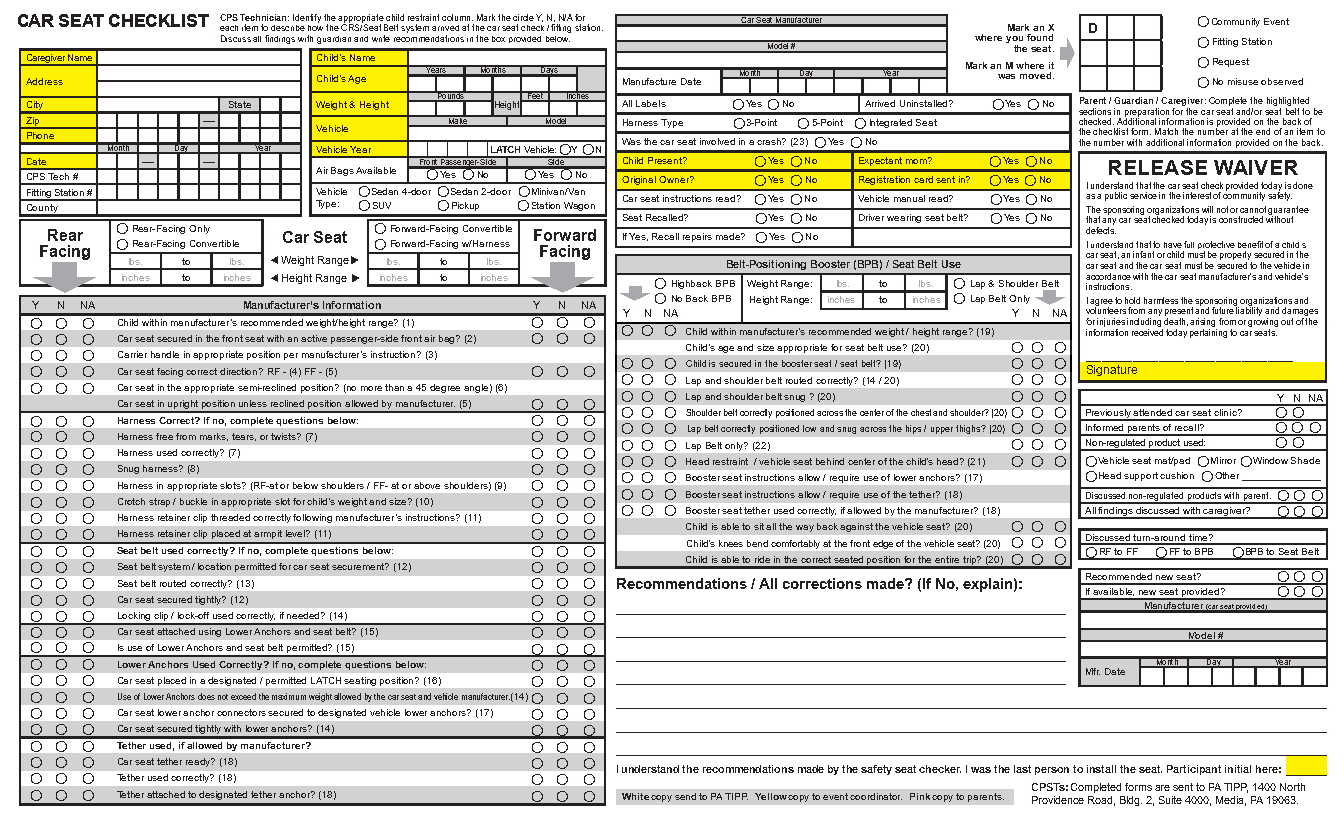
When Reusing Within Your Family Is Safe
You can pass seats to younger siblings only if:
1. The seat hasn’t hit its expiration date (DOM + service life verified)
2. It has zero crash history (even minor bumps count)
3. All parts function perfectly (test recline angles and harness tightening)
4. Replacement covers/harnesses are still available (check brand websites)
5. You’ve checked for recalls (use NHTSA’s SaferCar app)
Pro tip: For closely spaced kids, buy seats with 10-year lifespans (like Graco 4Ever). Seats often expire before toddlers outgrow them.
Why Thrift Store and Online Purchases Are Risky
Never buy used seats from:
– Facebook Marketplace (78% have hidden damage per CPST inspections)
– Thrift stores (charities must reject expired seats)
– Unknown relatives (storage conditions matter—garage heat degrades plastics)
Real consequence: A 2022 study found 61% of used seats sold online had expired or missing parts. When safety is non-negotiable, new is the only option.
Dispose of Expired Car Seats: Safe Recycling Methods
Make It Unusable First: 4 Essential Steps
Before tossing, prevent dangerous reuse:
1. Cut all harness straps into 6-inch pieces
2. Write “EXPIRED – DO NOT USE” in permanent marker on the shell
3. Remove metal parts (LATCH connectors, buckles) for separate recycling
4. Place plastic shell and fabric in separate trash bags
Critical warning: Donating expired seats creates legal liability. Charities destroy them immediately—wasting your effort.
Recycling Programs That Pay You Back
Target’s Car Seat Trade-In offers 20% off baby gear twice yearly (April and September). Walmart’s TerraCycle program accepts mail-ins for $5 gift cards. For immediate disposal, call your municipal center—many accept #5 plastics (common in car seats) after metal removal.
7-Point Car Seat Safety Check Before Every Installation
Run this quick verification every time you install:
– [ ] DOM confirmed via label/embossing
– [ ] Service life verified (7/9/10 years per brand)
– [ ] Expiration date calculated (no guessing!)
– [ ] Zero crash history documented
– [ ] Recall status checked (NHTSA.gov)
– [ ] Harness/buckle tested for smooth operation
– [ ] All labels intact (no fading or peeling)
How long does a car seat last? The answer lives on your specific unit’s label—not in generic timelines. Most expire between 6-10 years, but crashes, extreme wear, or missing parts can end service early. Never gamble with expiration dates: replacing a seat costs less than risking your child’s life. When in doubt, register it with the manufacturer, run the 7-point safety check, and replace proactively. Your most precious cargo deserves nothing less than verified safety.

